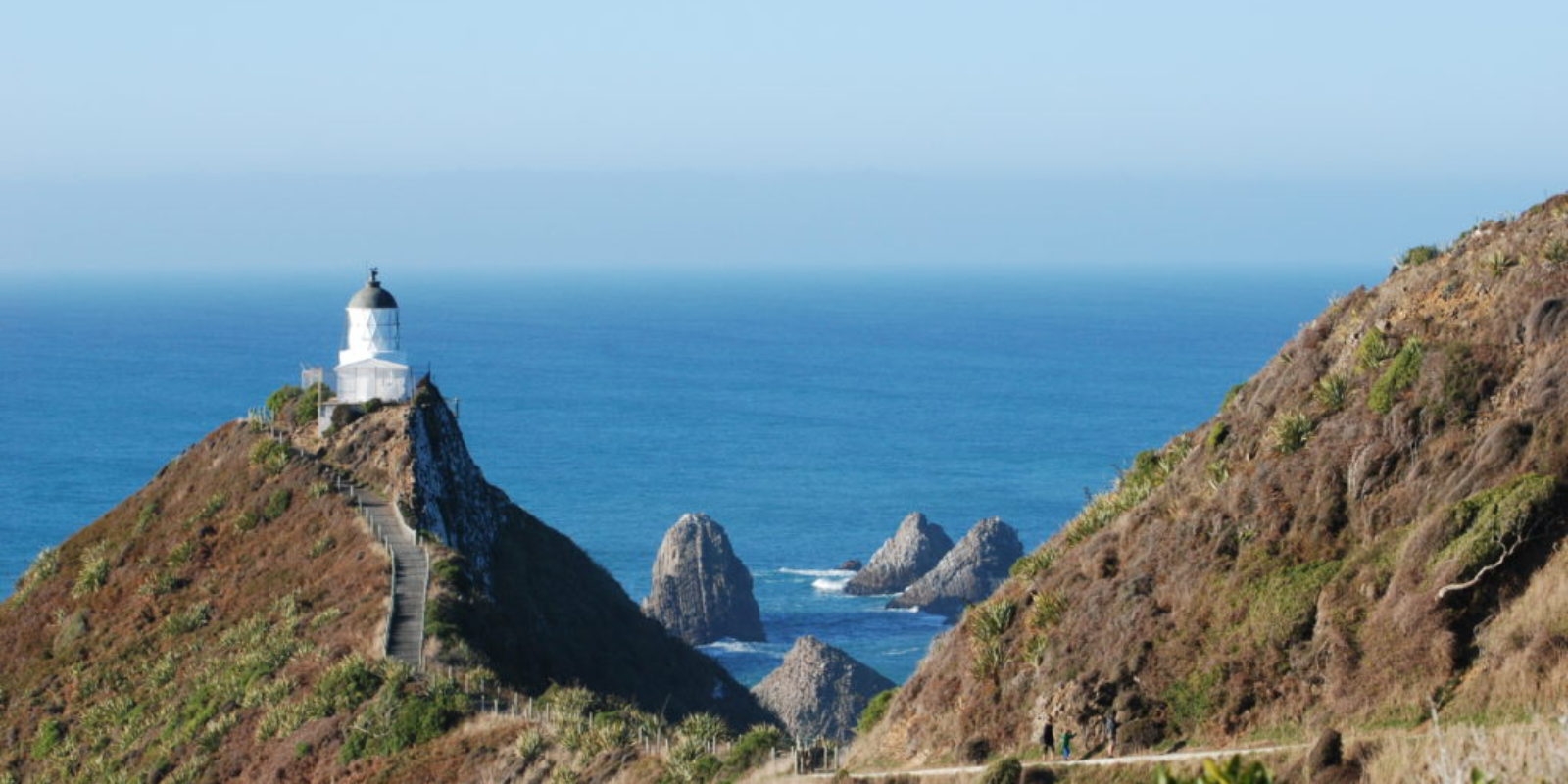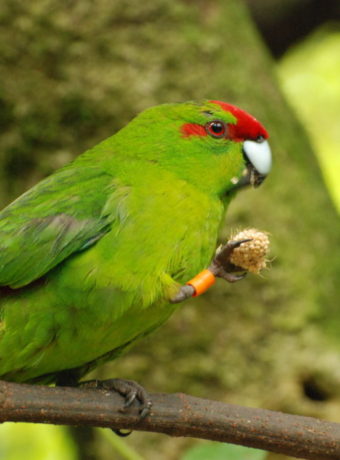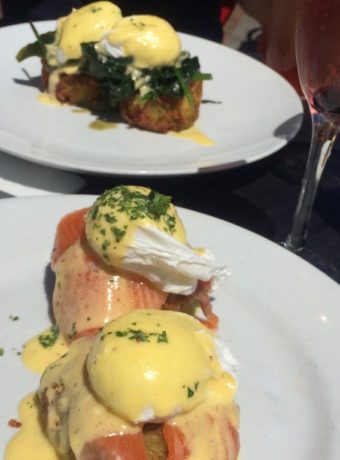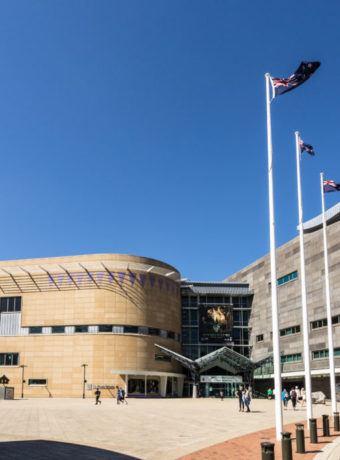There are hundreds of reasons to travel to New Zealand, and most involve remote beaches, hidden waterfalls, and jaw-droppingly gorgeous scenery. From the tip top of the North Island, where the Pacific Ocean meets the Tasman Sea, to the jagged tumble of rocks at Slope Point, where the Southern Ocean crashes into the barren land, I could name a thousand things to do. I won’t, mainly in the interest of word count but also – I have to keep a few secrets! So, I narrowed it down to ten. It wasn’t easy though, as every bullet point reminded me of yet another cool spot. Without further ado, here are ten reasons to travel to New Zealand, listed from north to south!

ten reasons to travel to new zealand
In my opinion, after exploring the country from coast to coast and end to end, I found there are similarities in the North and South Islands. What I mean by this is that despite climate and geographical differences, there are regions that are nearly identical in make up and culture. I give a few examples below. (This is totally my opinion, by the way.) So, in effect, this list is really fifteen to eighteen reasons to travel to New Zealand…
you should visit New Zealand to …
explore the far north

I fell head over heels for the Far North while I lived in the Bay of Islands. While a lot of travellers visit the Bay for a day or two and take a day trip up to Cape Reinga, there’s a lot more to see and do in the Far North region. It is a very culturally significant destination for the Maori, who believe that the spirits of the dead leave the land from Cape Reinga. The Far North is home to a large population of Maori iwi and it’s common to see entire Maori communities. Only Gisborne, on the East Cape, has a larger Maori population.

Kauri Cliffs is a Luxury Lodge of New Zealand, located near Matauri Bay. With only 22 guest suites, you’re truly in the lap of luxury. Kauri Cliffs is an excellent five star property to base at while exploring the Far North. A self-drive itinerary allows you to explore at your leisure over the course of your stay. Cape Reinga is a four hour drive from Matauri Bay, although it is a stunning drive. The gently rolling hills of the central peninsula give way to sheer drop offs as you approach the cape, the cobalt seas sparkle below the golden sand dunes. On the long way home, visit the tiny village of Ahipara, at the far southern end of Ninety Mile Beach. There are still English settler homes here that were built with kauri wood from the now-desolate gumfields above town.
South Island counterpart: The Catlins and Southland. This region was heavily influenced by the Scottish settlers who arrived during the Gold Rush. It remains very local – little in the way of tourism – and it also has one of the largest Maori populations in the South Island.
sail a literal bay of islands

The Bay of Islands is located within the Northland region of New Zealand, about three hours north of Auckland. It is a remarkable destination and often considered the “winterless north” for its sub-tropical location.
Basing yourself in Paihia, Russell, or Kerikeri allows you to set sail through the islands for a day – or longer. Charter boats regularly take groups or private parties out to explore the nearly 150 islands that make up the bay. A regular ferry runs between Paihia, Russell, and Urupukapuka Island, where you can hike, kayak, or camp. Cape Brett (below) is also a popular destination, as is its offshore Hole in the Rock. Visitors can hike from Deep Water Cove (accessible by boat) to the lighthouse. The small town of Russell is New Zealand’s first English settlement. Originally known as the Hellhole of the Pacific, it is much more genteel these days.

The Eagle’s Nest, in Russell, is part of both Virtuoso and the Luxury Lodges of New Zealand. With expansive views across the bay, these five villas also have heated lap pools, jacuzzis, butler service, and more.
It is possible to stay in the Bay of Islands to explore the Far North, as well, although it means longer driving times.
South Island counterpart: Queen Charlotte Sound. Located at the northern end of the South Island, the Queen Charlotte Sound is a warren of inlets, islands, and coves. The best way to see it is by hike, bike, or boat.
channel your inner hobbit

Who doesn’t love second breakfast?! Many visitors travel to New Zealand simply to see the dramatic Lord of the Rings and Hobbit movie scenes. Hobbiton, the mega-famous movie set from the Lord of the Rings triology, is one of New Zealand’s most visited and best loved attractions. Guided tours run dozens of times each day, and take about two hours. Tours end at the popular Green Dragon Inn where you can enjoy a mug of cider or beer, tea or coffee, and some pies (elevensies, anyone?). Hobbiton is located between Hamilton and Rotorua, making it easily accessible from Auckland, Taupo, Rotorua, and Hamilton.
South Island counterpart: Paradise. This gem of a place is tucked in the Southern Alps, about thirty minutes from Glenorchy or an hour and a half from Queenstown. Fans of LOTR will recognise the landscape (for that is all it is) from several epic battle scenes. After all, New Zealand is the Real Middle Earth. The best way to see this is by horseback, just like Legolas.
hike a live volcanic field

The steamy landscape of the North Island’s Central Plateau is well known for its geothermal attractions and dramatic scenery. Among the most popular is the day-long Tongariro Alpine Crossing hike. It is a hike that begins in the shadow of Mount Doom (or, in real life, Mount Ngauruhoe) and ends in the cool alpine forests on the far end of the range. It can be a difficult hike even in good weather, although thousands of people do it each year. The initial ascent is strenuous, and people with bad knees (hi!) will find the descent even more challenging. However, it takes anywhere from 6-9 hours for most people to complete it, even with the added summit of Mount Tongariros or Ngauruhoe.

The nearby Chateau Tongariro is a great, easy place to stay. It is also a good place to stay if you’re here to ski at the Ruapehu resort in the winter. However, there are also two Virtuoso properties within striking distance. Treetops Lodge and Estate is near Rotorua (two hours from Tongariro) and Huka Lodge is in Taupo (one hour from the hike). Both are also Luxury Lodges of New Zealand and offer exceptional service, beautiful guest rooms and suites, and a one of a kind experience.
visit the coolest little capital

I adore Wellington, New Zealand. Love it, want to live there. It is quite simply one of my favourite cities in the world. Wellington may be the little sister to Auckland, but Wellington is chocka (Kiwi slang) with things to do, great places to eat, secret bars and cafes, an award-winning coffee scene, a craft beer trail, and easy access to one of New Zealand’s most underrated wine regions. Sound familiar? Wellington is basically a mini-Melbourne, Australia! Do not miss it. If you’re self-driving, plan for at least a full day and a half here to explore the walkable city centre, visit the national museum, and taste test your way down Cuba Street (hint: start at Fidel’s).
South Island counterpart: Christchurch. This city, like Wellington, has its fair share of earthquakes. Yet it too is a vibrant city with a strong heritage and a resilient community. Set on the edge of the Banks Peninsula, Christchurch is also within close proximity to beautiful natural scenery and wildlife experiences.
surround yourself with exceptional wildlife
Most coastal regions of New Zealand have incredible wildlife, though some are easier to see than others. The New Zealand fur seal is very common along the southern North Island and South Island coasts. The South Island village of Kaikoura, on the east coast about an hour north of Christchurch, is the mecca for dolphin and whale watching, as well as seal and sea lion spotting. Whale watch tours run year round, every day except Christmas Day, and weather permitting. Kaikoura is one of the best places to spot the Giant Sperm whale in its natural habitat. Seals are seen on land but should not be approached.
The Otago Peninsula, in Dunedin, New Zealand is another excellent place to see wildlife. It it home to the only mainland royal albatross colony. Other wildlife that can be seen across New Zealand include little blue penguins, yellow-eyed penguins, kiwi birds (noctural), weka, tuatara, and weta.
Fun fact: The tuatara is the only living animal in its species! While this spiny-backed reptile looks like a lizard, in fact all of its closest relatives are all extinct.
gaze upon vistas like this
Aoraki/Mount Cook is the tallest mountain in New Zealand, standing 3,724m above sea level. The best viewing points are from the end of the Hooker Valley track or the Tasman Glacier, although the summit can be seen on a clear day from the West Coast and from a skydive at Abel Tasman. Fun facts about Aoraki: it is 30m shorter than it was in 1991, thanks to a rockslide, and it has three summits. Aoraki is a technically challenging mountain to climb, although thousands do it each year. It is also New Zealand’s deadliest peak, at nearly 80 deaths since the early 1900s.
North Island counterpart: Mount Taranaki. This lone volcano rises up from the western plains like a sentinel overlooking his domain. It’s conical shape is recognisable from miles away. (And can also be seen from a skydive at Abel Tasman.)
drive unparalleled roads
The roads in New Zealand are something of a love ’em or hate ’em kind of thing. They are narrow, twisty, steep at times, and often crowded. Some are gravel, some are literal ruts, and some are closed due to landslide, rockslide, flood, or livestock. (And sometimes you round a corner and a campervan has stopped in the middle of the road to take a picture! When you travel to New Zealand, it is important to be aware while driving on a Kiwi road!)
But oh, are they fun to drive! The road between Queenstown and Glenorchy (above) is one such road. So, too, is State Highway 6, which runs from Invercargill to Picton along the west (SH1 runs the east coast). SH6 is one of the highlights of driving in New Zealand. It’s southern third, from Invercargill to Queenstown, isn’t much. But from Queenstown to Westport, the road passes sienna red canyons, iridescent glacial lakes, milky white glaciers, chalky grey pancake rocks, dark olive forests, and golden sand beaches. Minutes off the main highway are coal black mining relics, cerulean lakes, verdant vineyards, and rushing blue green water.
North Island counterpart: State Highway 25, in the Coromandel. From Thames north to Coromandel Town, and then back south along the east coast to Thames, SH25 and SH25A are exceptional. The road leaves Thames along the Hauraki Gulf, twisting and turning along the shores – so close you think you might drive into the water – and then ascends into the rolling fields before plummeting back down to the coast at Coromandel Town. Then it crosses the peninsula – epic views on both sides – before winding down into Whitianga and climbing back south toward the Pinnacles. An exceptional drive.
kayak through fiords left by ancient glaciers
Of all the amazing experiences in New Zealand, Milford and Doubtful Sounds are high on the list. The majority of travellers do either a day trip to Milford from Queenstown or Te Anau, while some overnight in the around or at one of the campsites along the Milford Road. Fewer travellers spend more than a day there, and even fewer visit Doubtful Sound. A unique experience is an overnight or multi-day kayaking trip through either one. Several reputable companies offer this. If you are super adventurous, you could combine the kayak with a hike of the Milford Track, one of New Zealand’s Great Walks.
There are no Virtuoso properties in Milford, but there are four in Queenstown and Wanaka. Milford is a four-hour drive, though, depending a lot on how often you stop at the many incredible scenic stops along the road. Combining one of the stunning Virtuoso properties (all also Luxury Lodges of New Zealand), with an adventurous kayak is a great addition to any itinerary!
North Island counterpart: None. This is a truly unique experience and just one of many reasons to travel to New Zealand!
walk across a petrified forest
At the far edge of the South Island, within the idyllic Catlins Conservation Park, is the ancient forest of Curio Bay. It doesn’t look like a forest now, though. Millions of year ago, it was a semi-tropical pine forest (closely related to Norfolk pine and modern kauri trees). Destruction came about through volcanic mud flows, and silica eventually replaced the fallen logs. Curio Bay is one of the most extensive – and least disturbed – petrified forests in the world. Visitors can also spot yellow-eyed penguins here, one of the rarest penguin species in the world.
North Island counterpart: None.
**
Has New Zealand captured your attention? While there are hundreds of reasons to travel to New Zealand, I hope these ten+ reasons have given you a taste of the exceptional experiences that this tiny country has to offer!
If you want to learn more about the amazing value that a Virtuoso advisor brings to the table on a custom New Zealand itinerary, email me! Not quite ready to learn more about travel to New Zealand? Pin this >>> for future reference!












